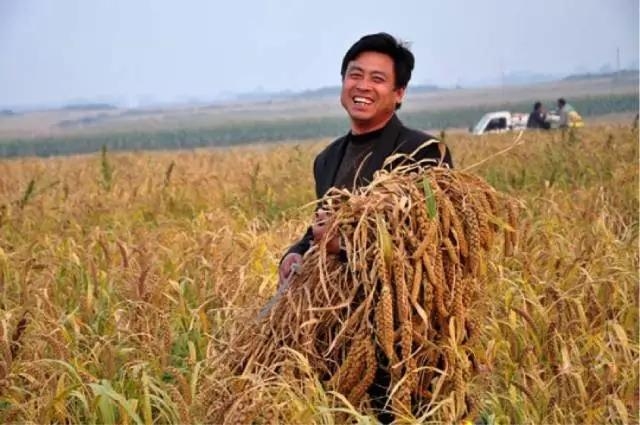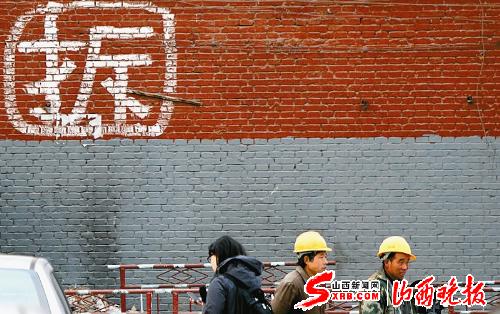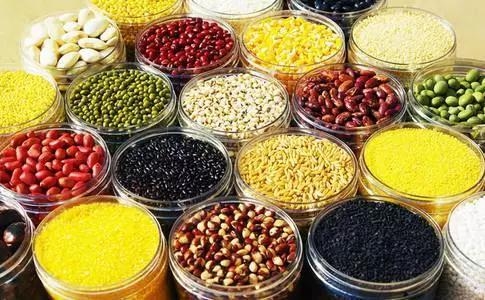Who does agriculture subsidize in 2016?
First of all, we have to make it clear that grain prices have fallen sharply, corn temporary storage prices have been reduced by more than 10 cents in 15 years, and prices will continue to decline in 16 years.
What did the government say?
Chen Xiwen, director of the Office of the Central Rural work leading Group, said: we will continue to return grain prices to a level similar to that in the international market, which is conducive to curbing grain imports, reducing domestic grain stocks, and restoring domestic grain market circulation.
Analysis:
Now that we have returned to the international food price, we all know how much the international food price is. 2900 yuan per ton of soybeans and 1600 yuan per ton of corn. If the price of grain really falls to this level in 2016, what about the income of our farmers? What would you do if you were to balance grain prices at the expense of farmers?
Certainly not, at that time you will give up the son, uncle will not farm!
If we don't farm anymore, who will supply the food? Therefore, the agricultural policy in 2016 will first protect the interests of farmers!

Now that we are talking about agricultural policy, let's first say:
In late 2015, why the urgent merger of the "three agricultural subsidies"?
In the past, the state used to support the market acquisition and agricultural comprehensive subsidies, direct subsidies, improved seed subsidies to ensure the income of farmers, the result is that domestic food prices are getting higher and higher and lose competitiveness, and the food system is on the edge of the cliff.
At the same time, since joining the local rich circle of WTO, the acquisition of supporting the market at a high price is also against the regulations, which belongs to the "yellow box subsidy" that leads to abnormal prices, which is explicitly prohibited.
Therefore, the three subsidies for the old agriculture have not been put into practice. With the acceleration of land transfer, the land is gradually transferred to the hands of people who can farm and farm. Most of these subsidies are given to the original land contractors, and the large households after the transfer of land are basically unable to get them. Therefore, the major grain growers not only do not get the benefits of the policy, coupled with the decline in grain prices, will be miserable and destabilizing!
As a result, the state urgently merged three agricultural subsidies to protect the income of grain growers.
Policy reform: subsidies to actual grain growers
Since the beginning of 15 years, the state has begun to pilot the implementation of "green box subsidies", such as pest control, technology promotion, agricultural infrastructure construction, storage subsidies and so on. That is, subsidize the production link, so that the actual grain growers can get the subsidy.
At present, the central government has allocated 201.1 billion yuan in agricultural support and protection subsidies, agricultural machinery purchase subsidies, agricultural technology extension and service subsidies in 2016, with an average subsidy of about 120 yuan per mu to support actual growers to carry out agricultural production.
Who was replenished by the 20 billion subsidies that disappeared in 2015?
If you do the math carefully, the subsidy was reduced in 2015. In 2014, the national comprehensive subsidy fund for agricultural materials was 107.1 billion yuan, which is 21.42 billion yuan by this standard. Where did the money go? In fact, what is reduced is the traditional subsidy, and the subsidy in the production link is increased.
More than 20 billion yuan is used to support new business entities of moderate scale, such as large growers, family farms, farmers' cooperatives, and so on. and the support for these main bodies will increase year by year, with more than 23 billion yuan spent on supporting these main bodies in 15 years, and will be increased in 16 years!
In 2016, the appropriate scale of direct subsidies for new operators will exceed 35 billion!
In 16 years, the state will enable real grain growers to receive greater subsidies, so that subsidies can be implemented, so as to make up for the losses caused by falling food prices, and the new agricultural financial funds have been tilted to the big grain growers. According to a preliminary estimate, in 2016, the appropriate scale of direct subsidies for new operators will exceed 35 billion!
Related
- A course of planting techniques and methods on how to grow carrots
- How to plant the latest tulips?
- Is it better to pick tea in the morning or in the afternoon? When is the best time for tea to be picked? what is the third or fifth tea?
- Launch Yuanxiao Happy combination Haocha + Tea Yuan healthy Taste
- Penghu Tourism "Fireworks 20 Parade with You"
- 2022 West Lake Happiness holds "Digital Revitalization Voucher" and draws iphone13 and laptop.
- Banqiao Fuzhou social houses are designed to change start-up combined with police elimination to create a safe and livable environment
- The convenient measure of "mechanical weeding" in Xinbei has been abused and the Agriculture Bureau has imposed heavy penalties on the illegal land consolidation.
- Changgeng University Joins Hands with Four Memory Factories to Rescue Memory Talent Shortage
- The list of Taiwan's top 100 MVP managers is listed by the Director-General of the Farmers' Association of Sanxia District.



